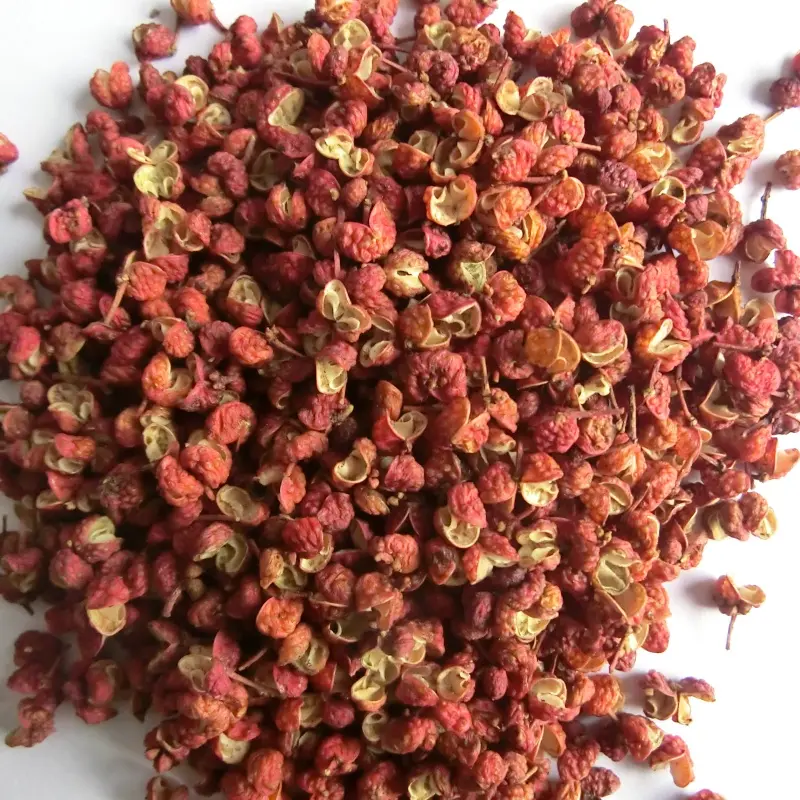Chili pepper is widely used in everyday recipes as spice. If we grow one or two plants at home, cooking could be very easy when you just pick up some chili peppers at home.Place 2-3 seeds in plugs or a seed tray and top with a tiny amount of compost or seedling soil. Water the soil. Follow the seed packet for optimal planting depth. Keeping the soil moist is crucial until the seeds germinate. Seed trays work great for this because the lids hold in the moisture and watering is typically not needed. Keep the seeds in a dark place with a small amount of filtered light until sprouts appear. Then remove the lid and place them on a south-facing window sill. Regular watering will be necessary now. Occasionally turn the tray so that the plants grow upright. They will lean toward the sun. After 2-4 leaves form, it will be necessary to separate and repot into a larger pot.
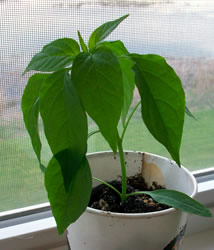 If more than one seed sprouted, you can carefully separate the seedlings or simply cut the weakest ones at the soil level. Place fresh seeling soil or compost into a slightly larger pot no wider than 3 inches. Move the seedling and it's soil to the new pot. It may be necessary to do this again to a larger pot depending on your planting time. You will know you need to go to a larger pot if it grows too tall and starts to fall over. Each time you pot on be sure the next pot is taller and wider than the previous. Plant the seedling to where the soil is nearly up to the leaves.
If more than one seed sprouted, you can carefully separate the seedlings or simply cut the weakest ones at the soil level. Place fresh seeling soil or compost into a slightly larger pot no wider than 3 inches. Move the seedling and it's soil to the new pot. It may be necessary to do this again to a larger pot depending on your planting time. You will know you need to go to a larger pot if it grows too tall and starts to fall over. Each time you pot on be sure the next pot is taller and wider than the previous. Plant the seedling to where the soil is nearly up to the leaves.
Once there is no worry of frost, you can plant your pepper plants to your garden or chosen spot. The best time is 2-3 weeks after the last frost when the soil temperature is 60 degrees. You should harden off the seedlings for one week prior to transplanting. Place the seedlings outdoors in a protected area with no direct sunlight for an hour on the first day. Each day increase the amount of time the plant is outside.

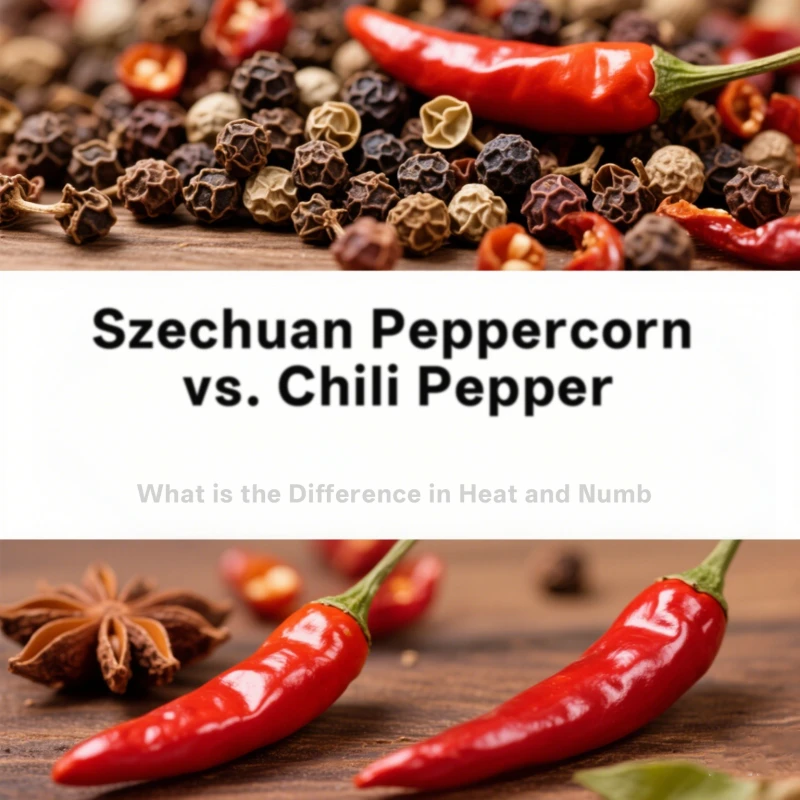
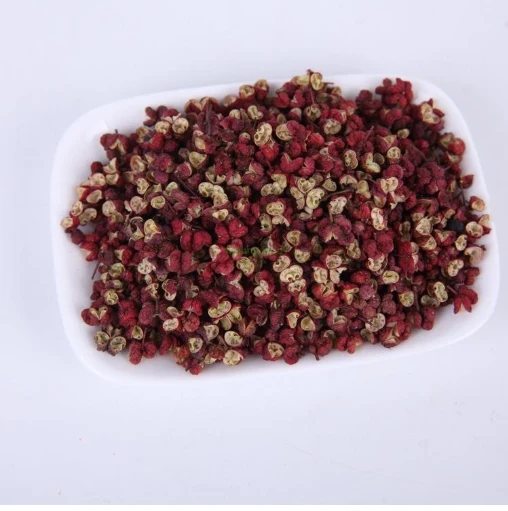
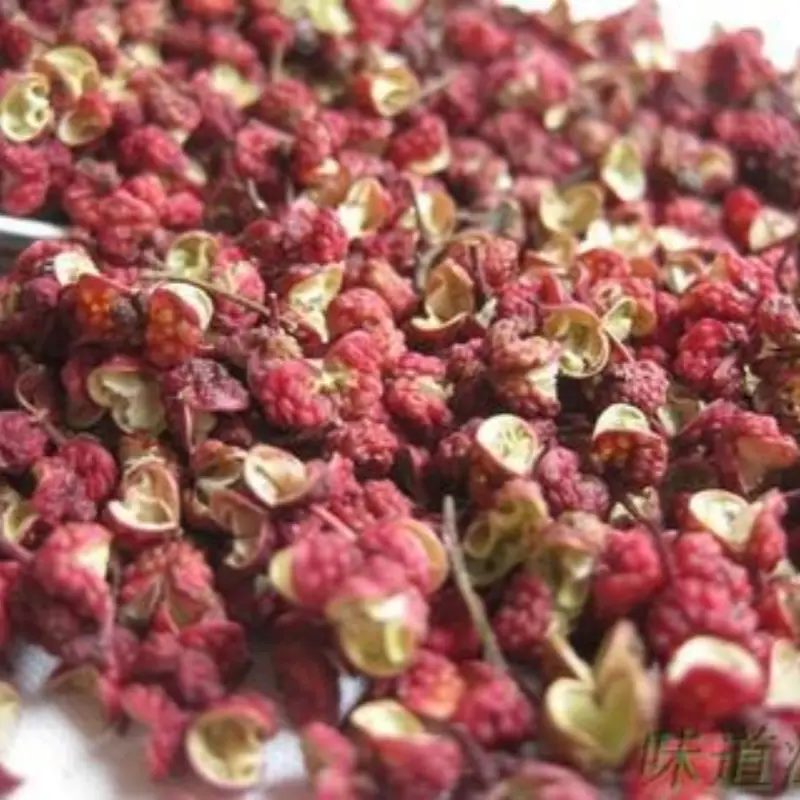

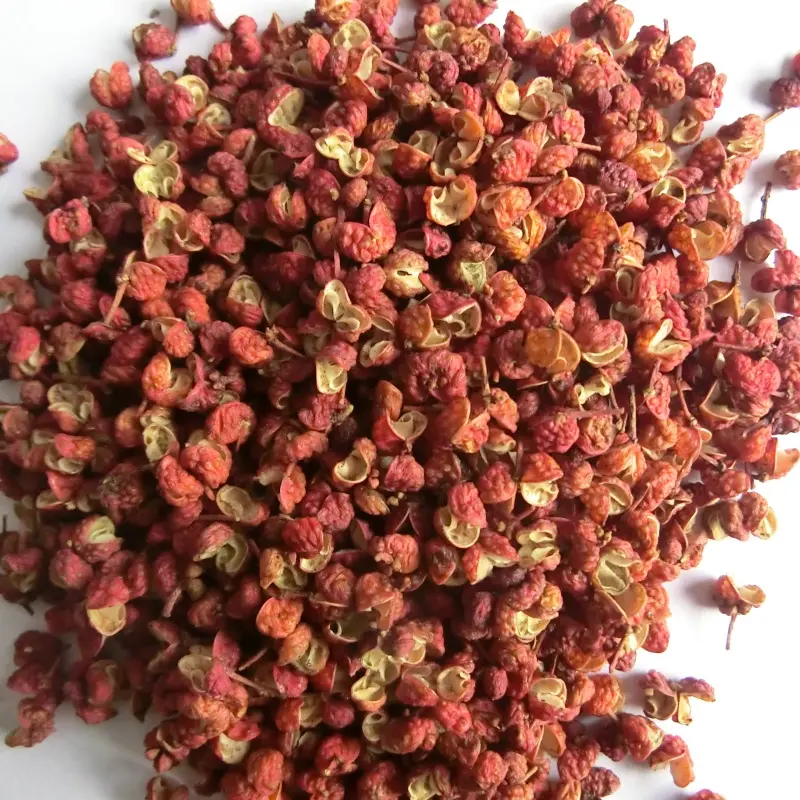
811.webp)

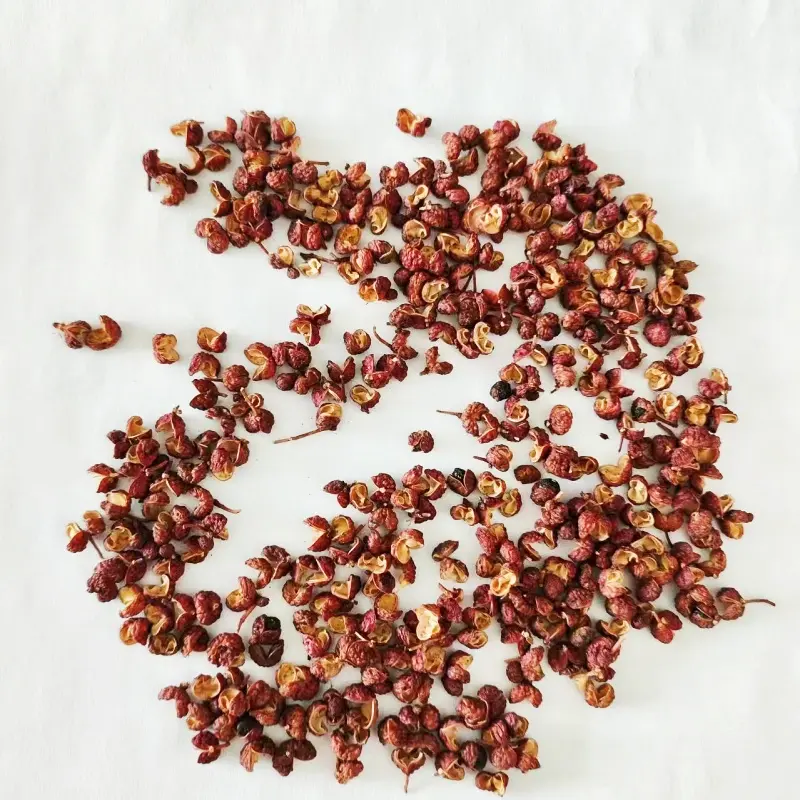
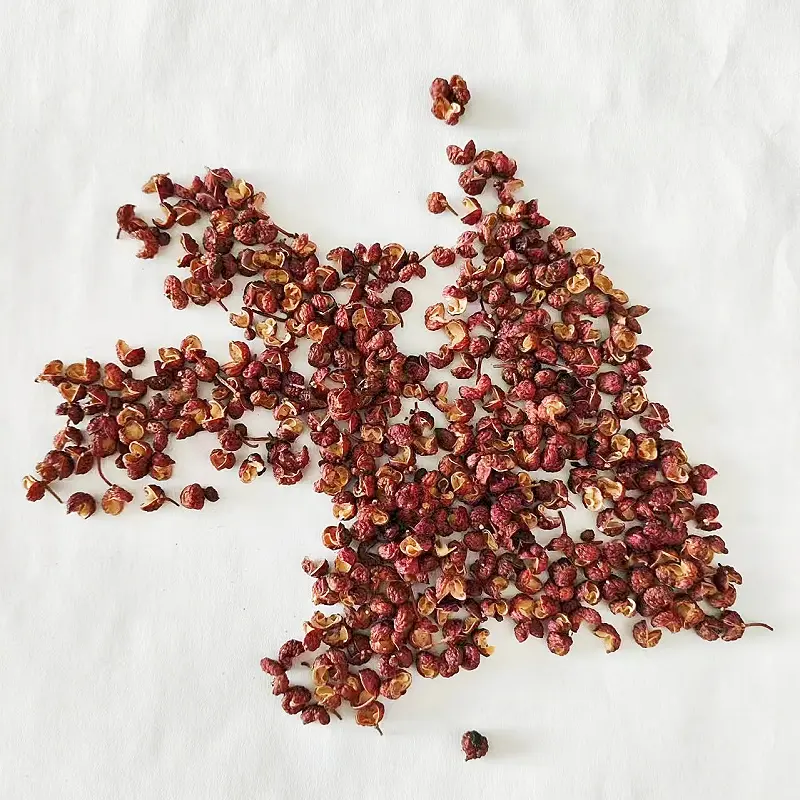
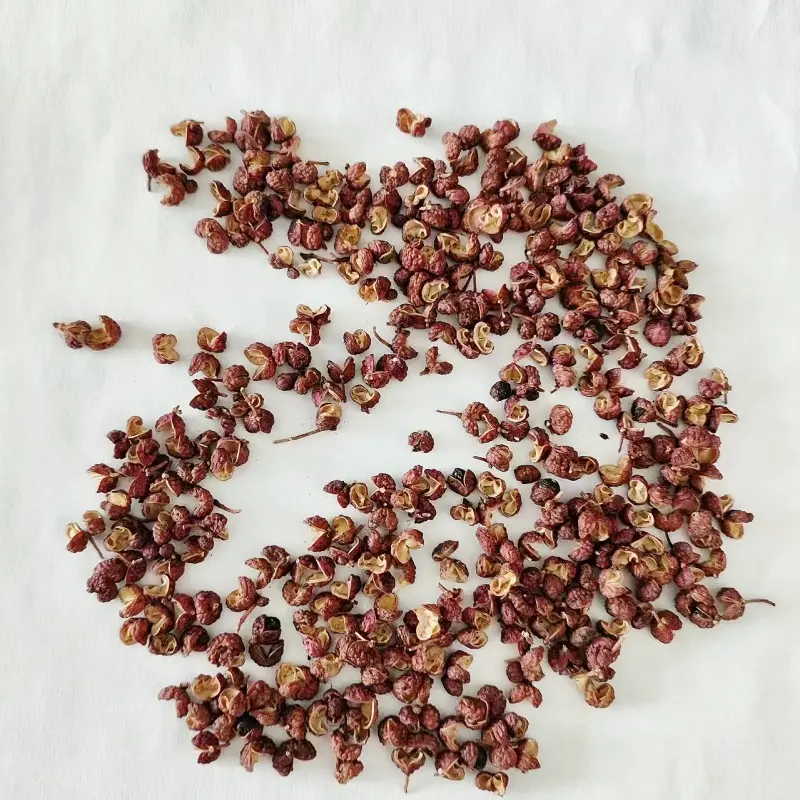
114.webp)
